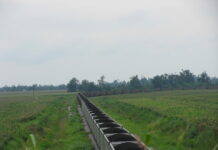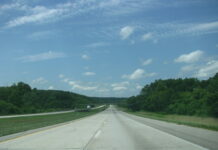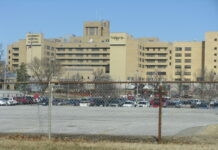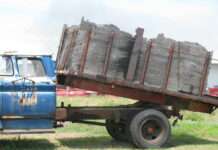Photo credit: DiasporaEngager (www.DiasporaEngager.com).
How To Prevent Hazardous Noise Exposure in the Workplace
Employers, health and safety professionals, and workers can all take action to prevent hazardous noise exposure in the workplace. However, it is ultimately the employer’s responsibility to provide a safe work environment.
How Employers and Health and Safety Professionals Can Prevent or Reduce Hazardous Noise Exposure
The hierarchy of controls groups preventive actions by how well they may reduce or remove a workplace hazard. A summary of different prevention strategies based on the hierarchy of controls is provided below. You might need to use a combination of actions to maximize worker protection. Keep in mind all potential exposures should be considered. For example, isolating the noise does not reduce ototoxic chemical exposures in the area.
A summary of different prevention strategies based on the hierarchy of controls is provided below. The hierarchy of controls groups preventative actions by how well they may reduce or remove a workplace hazard. You might need to use a combination of actions to maximize worker protection. Keep in mind all potential exposures should be considered. For example, isolating the noise does not reduce ototoxic chemical exposures in the area.
Elimination: The most effective action is to remove the source of the noise.
Substitution: Another effective action is to use a quieter alternative, such as buying quieter equipment or tools.
For elimination and substitution, consider using Prevention through Design strategies to reduce noise exposures. Prevention through Design is an approach to proactively include prevention when designing work equipment, tools, operations, and spaces.
Engineering Controls: Engineering controls protect workers by removing hazardous conditions or by placing a barrier between the worker and the hazard. Noise controls can involve making physical changes to the equipment or to the workplace. Some examples include
- Isolating the noise source in an insulated room or enclosure.
- Placing a barrier between the noise source and the worker.
- Isolating the worker from the noise source in a room or booth (such as a sound wall or windows).
Source of original article: Centers for Disease Control and Prevention (CDC) / CDC Features Series (tools.cdc.gov).
The content of this article does not necessarily reflect the views or opinion of Global Diaspora News (www.GlobalDiasporaNews.com).
To submit your press release: (https://www.GlobalDiasporaNews.com/pr).
To advertise on Global Diaspora News: (www.GlobalDiasporaNews.com/ads).
Sign up to Global Diaspora News newsletter (https://www.GlobalDiasporaNews.com/newsletter/) to start receiving updates and opportunities directly in your email inbox for free.






























